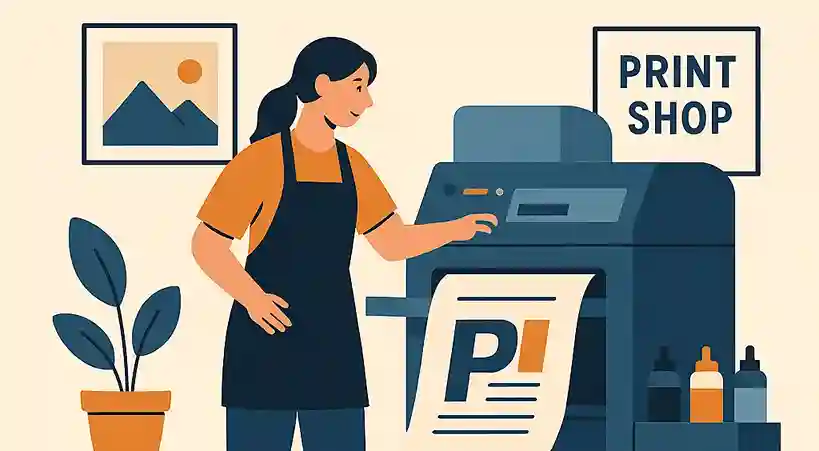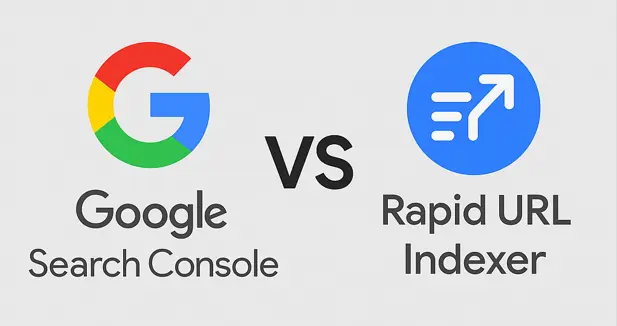
1. Introduction
Start a small printing business in 2025 can be a rewarding journey—both creatively and financially. With the rise of customization trends and growing demand for local printing solutions, there’s never been a better time to break into the market. Whether you’re passionate about creating custom t-shirts, wedding invitations, or business flyers, this guide will walk you through the essential steps.
2. Understanding the Printing Business Landscape
The printing industry has evolved significantly. Today, you can cater to:
- Retail (B2C): T-shirts, mugs, custom gifts.
- Commercial (B2B): Business cards, flyers, promotional banners.
Here are the major types of printing services:
| Type | Use Case |
|---|---|
| Offset Printing | High-volume prints like magazines or books |
| Digital Printing | Quick jobs like flyers and posters |
| Screen Printing | Ideal for clothing and promotional items |
| Sublimation Printing | Best for mugs, mousepads, and T-shirts |
| 3D Printing | Prototypes, models, and engineering items |
3. Defining Your Niche
Success often comes from focus. Instead of offering everything, start with a specific niche:
- Custom Apparel: T-shirts, hoodies, and uniforms
- Stationery Printing: Invitations, greeting cards
- Corporate Printing: Business cards, brochures, office supplies
Ask yourself:
- Who is my ideal customer?
- What items are in demand locally or online?
- Can I fulfill this need profitably?
4. Market Research & Competitor Analysis
Use tools like Google Trends, Facebook groups, and platforms like Etsy to analyze demand and competition.
Tips for competitor research:
- Visit local print shops and analyze their offerings.
- Check Google reviews to see what customers value or complain about.
- Compare pricing and delivery timelines.
5. Creating a Business Plan

A solid plan will act as your roadmap. Your business plan should include:
- Executive Summary
- Business Description
- Market Analysis
- Organization & Management
- Product Line
- Marketing & Sales Strategy
- Financial Projections
Also, define clear KPIs like monthly revenue targets or number of clients served.
6. Choosing the Right Business Structure
Each structure has pros and cons:
| Structure | Pros | Cons |
|---|---|---|
| Sole Proprietorship | Easy to start, low cost | Personal liability |
| LLC | Legal protection, tax flexibility | Slightly more complex setup |
| Partnership | Shared responsibility, more capital access | Risk of conflict and shared liability |
7. Licensing and Legal Compliance
Ensure your business is legally compliant by:
- Registering your business name
- Getting a tax ID
- Securing necessary licenses and permits
- Understanding copyright laws (especially for designs)
8. Finding the Ideal Location
Decide between:
- Home-Based Setup: Lower overhead, great for startups
- Commercial Space: Ideal for walk-in clients and larger orders
Consider accessibility, cost, and zoning laws before signing any lease.
9. Procuring Printing Equipment
Start with basic equipment based on your niche:
| Printing Focus | Essential Equipment |
|---|---|
| T-shirts | Heat press, screen printer, sublimation printer |
| Stationery | Digital printer, paper cutter, laminator |
| Large Banners | Wide format printer, vinyl cutter |
Buy used to save money but inspect thoroughly.
10. Sourcing Materials and Supplies
Find reliable suppliers for:
- Paper types (matte, glossy, recycled)
- Inks and toners
- Transfer paper and heat-resistant tape
- Packaging supplies
Look for bulk discounts and consistent delivery.
11. Setting Up Your Workspace Efficiently
Your printing workspace should be organized to support productivity, safety, and comfort. Whether you’re operating from home or a small commercial shop, here are essential tips:
Workspace Layout
- Designate zones: Create separate areas for printing, cutting, drying, and packing.
- Avoid clutter: Use shelves and pegboards for tools, inks, and materials.
- Ventilation: Ensure airflow, especially when using solvents or heat presses.
- Lighting: Good lighting reduces mistakes—use adjustable task lights where precision is required.
Power Supply and Noise Control
- Most commercial printers require stable electrical loads. Invest in surge protectors and backup power.
- Use noise-dampening materials or soundproof panels if your machines are loud.
12. Pricing Your Printing Services
Pricing is key to profitability and customer retention. Avoid undercharging just to beat the competition—ensure your rates reflect quality and value.
Pricing Methods
- Cost-Plus Pricing: Total cost of production + markup
- Value-Based Pricing: What the customer is willing to pay based on perceived value
- Tiered Pricing: Offer discounts for bulk orders
Example Pricing Table
| Service | Base Price | Bulk Price (per item) |
|---|---|---|
| Custom T-shirt Printing | $15 | $8 (50+ units) |
| Business Card (100 pcs) | $25 | $18 (500+ units) |
| A3 Poster Print | $12 | $9 (20+ units) |
13. Building Your Brand Identity

Your branding should be consistent across all touchpoints. A strong identity helps customers recognize and trust you.
Key Branding Elements
- Business Name & Logo: Memorable and professional
- Website & Domain: Include online order forms and portfolio
- Social Media Presence: Use Instagram, Facebook, and Pinterest to showcase your work
- Packaging: Custom-branded boxes or bags increase perceived value
14. Marketing Strategies for a Printing Business
You don’t need a big budget to market your services. Focus on local visibility and digital outreach.
Offline Marketing
- Distribute flyers and brochures in schools, cafés, and events
- Partner with local event planners and businesses
- Offer free samples or discounted trials
Online Marketing
- Local SEO: Optimize Google My Business profile
- Content Marketing: Start a blog about printing tips and trends
- Social Proof: Post customer testimonials and reviews
- Email Campaigns: Send updates, deals, and reminders
15. Launching Your Business
A successful launch creates buzz and brings in your first wave of customers.
Launch Steps
- Announce via email and social media
- Offer limited-time discounts or bundles
- Host a grand opening event or online giveaway
- Collect feedback to improve your processes early on
16. Managing Daily Operations
Running a printing business requires juggling orders, inventory, and customer service.
Tips for Smooth Operations
- Use a job tracking system to manage projects and deadlines
- Automate invoices and reminders using accounting software
- Keep stock levels updated for paper, ink, and packaging
- Train employees or freelancers for consistent quality control
17. Scaling Your Printing Business
Once you’re stable, you can look at growth opportunities.
Ways to Scale
- Hire part-time or full-time staff for production or customer service
- Expand to new products (stickers, booklets, or promotional kits)
- Offer white-label or drop shipping services
- Build an eCommerce store or sell on Etsy, Shopify, or Amazon
18. Common Mistakes to Avoid
Avoid these pitfalls that many new printing business owners face:
- Underpricing your services
- Ignoring legal regulations
- Overinvesting in equipment too soon
- Neglecting customer service
- Failing to market consistently
- Ignoring feedback or product quality

19. Frequently Asked Questions (FAQs)
Q1: How much money do I need to start a small printing business?
A: You can start with as little as $2,000–$5,000 if you’re operating from home, but this depends on the type of printing services you offer.
Q2: What kind of printer should I buy first?
A: For general purposes, start with a high-quality digital printer. For T-shirts, a heat press and sublimation printer are essential.
Q3: Can I run a printing business from home?
A: Yes! Many successful businesses start from a garage or spare room with just a laptop and a couple of machines.
Q4: How do I get my first customers?
A: Leverage your personal network, promote on social media, and offer deals to local businesses or community groups.
Q5: What skills do I need?
A: Basic design knowledge (e.g., Canva, Adobe Illustrator), customer service, and business management are very helpful.
Q6: How do I handle custom orders?
A: Use order forms that capture detailed specifications, communicate clearly, and always confirm artwork before printing.
20. Conclusion
Starting a small printing business may seem daunting, but with the right planning, tools, and determination, it’s entirely achievable. By identifying a niche, investing wisely, and staying committed to quality, you’ll be well on your way to building a sustainable and profitable business.
Want More Insights?
Stay updated with the latest in healthcare innovation, AI, and future tech by subscribing to our newsletter at SociaGain




